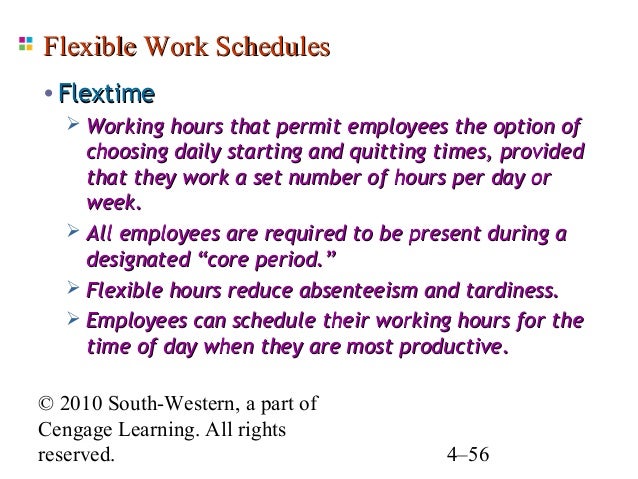

With flexible working, the line is blurred and can sometimes mean that staff do too much work or too little.
#Flextime advantages and disadvantages professional
Blurring of work/life balance: With set office hours, there is a clear line between professional and personal life. This can have a damaging effect on their mental health and productivity. Employee isolation: By letting your staff work flexibly, particularly working from home, they can begin to feel isolated.

With everyone on different schedules, you may be left waiting hours for a response to an urgent email. Communication difficulties: Like employee tracking, with staff working at different times, it can be difficult for everyone to keep in touch efficiently. If employees can work whenever they want, it becomes difficult for management to be available when needed and keep an eye on progress. Employee tracking can be tricky: Depending on the degree of flexibility, employers and managers can sometimes struggle to keep track of their employees. Having the right office environment that works for your employees will also allow flexible working to thrive. But if you can, reducing the size of your space in favour of a smaller office space that’s flexible can help you save on expenses. If your business is stuck in a long lease, you might worry you’re paying for space that isn’t being used. Unused office space: With flexible working often meaning working from home, businesses will sometimes be stuck with a lot of office space being unused. While numerous studies show that employees get more done, the common misconception can be a worry for businesses. Potential for procrastination: One of the significant concerns for employers, especially with remote working, is the possibility of staff procrastinating. And ultimately move over to a more flexible working environment. Many of these disadvantages are why businesses are reluctant to follow workplace trends. Every team member is different, and what might work perfectly for one team member won’t work for another. While there are many benefits to flexible working, it’s not going to be the right solution for every single business. What are the disadvantages of flexible working?įlexible working can come with disadvantages for both employees and employers. On average, SMEs saved over £800 every month during the pandemic. Flexible office spaces provide this option. Cost-efficient: If you’ve transferred your team to predominantly flexible working, you may be able to reduce the size of your office. More eco-friendly: By allowing employees to work from home or reduce their hours, you can help to reduce the carbon emissions from their commute and use less energy and water at your office. A recent study showed that flexible employees work 16.8 more days a year. Employee engagement: By creating a workplace environment that empowers your staff and gives them a better work/life balance, they’re far less likely to take sick days, look for a new job and be far more engaged in their role. Productivity: Despite the worries of employers, there have been a huge number of surveys particularly on remote working, that show that employees are more productive with flexible schedules than they are in a traditional working environment. Whilst still having the perks of an in-office team that works alongside remote employees. By introducing flexible workplace trends like working from home, you can access talent from anywhere in the world and increase diversity in your workplace.

Attract top talent: When you have the traditional nine to five in an office, you can limit yourself to local talent. In fact, it’s a job perk that many job-seekers look for. Employee retention: Giving your staff flexible schedules can help to keep them happy in their job and not looking around for new opportunities. There are a lot of benefits for employers, such as: Giving businesses the chance to stand out from the competition. Given the opportunity to work from home or change their hours.īut the advantages of flexible working go both ways for employees and employers, especially when integrated within a hybrid working model where there’s a blend of working styles.

They worried about the possibility of reduced productivity and whether people would actually do their jobs. In a pre-pandemic world, employers were sometimes hesitant to offer flexible working to their team. Downsizing to a more efficient office space that accommodates flexible teams can help your business save money.


 0 kommentar(er)
0 kommentar(er)
